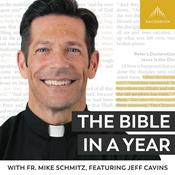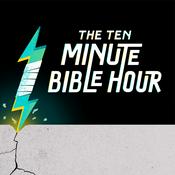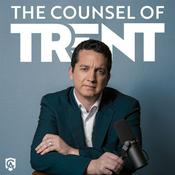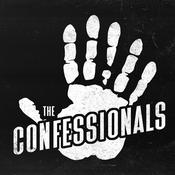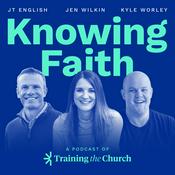Available Episodes
5 of 185
- 183 - The Family A Proclamation to the World CFM - A Deep Dive On The Family Proclamation - E51 December 15-21Welcome to Church History Matters Come Follow Me Edition where we are systematically diving into every section of the Doctrine and Covenants throughout the year 2025! In this episode Scott and Casey cover the Family Proclamation, while covering the context, content, controversies and consequences of this important history.--------2:22:16
- 182 - The Articles of Faith CFM - Intro to Latter-day Saint Beliefs - E50C December 8-14Welcome to Church History Matters Come Follow Me Edition where we are systematically diving into every section of the Doctrine and Covenants throughout the year 2025! In this episode Scott and Casey cover the Articles of Faith, while covering the context, content, controversies and consequences of this important history.--------1:36:54
- 181 - Official Declaration 2 CFM - Race Controversies in the Church - E50B December 8-14Welcome to Church History Matters Come Follow Me Edition where we are systematically diving into every section of the Doctrine and Covenants throughout the year 2025! In this episode Scott and Casey cover Official Declaration 2, while covering the context, content, controversies and consequences of this important history.--------1:13:11
- 180 - Official Declaration 1 CFM - The Official Response To Polygamy In The Church - E50 December 8-14Welcome to Church History Matters Come Follow Me Edition where we are systematically diving into every section of the Doctrine and Covenants throughout the year 2025! In this episode Scott and Casey cover Official Declaration 1, while covering the context, content, controversies and consequences of this important history.--------1:04:14
- 179 - D&C 138 CFM - The Impact of Temple Work For The Dead - E49B December 1-7Welcome to Church History Matters Come Follow Me Edition where we are systematically diving into every section of the Doctrine and Covenants throughout the year 2025! In this episode Scott and Casey cover Doctrine & Covenants 138, while covering the context, content, controversies and consequences of this important history.--------1:05:57
More Religion & Spirituality podcasts
Trending Religion & Spirituality podcasts
About Church History Matters
The Church History Matters Podcast features in-depth conversations between Scott and Casey where they dive deep into both the challenges and beauty of Latter-day Saint Church History
Podcast websiteListen to Church History Matters, The Briefing with Albert Mohler and many other podcasts from around the world with the radio.net app

Get the free radio.net app
- Stations and podcasts to bookmark
- Stream via Wi-Fi or Bluetooth
- Supports Carplay & Android Auto
- Many other app features
Get the free radio.net app
- Stations and podcasts to bookmark
- Stream via Wi-Fi or Bluetooth
- Supports Carplay & Android Auto
- Many other app features


Church History Matters
Scan code,
download the app,
start listening.
download the app,
start listening.

